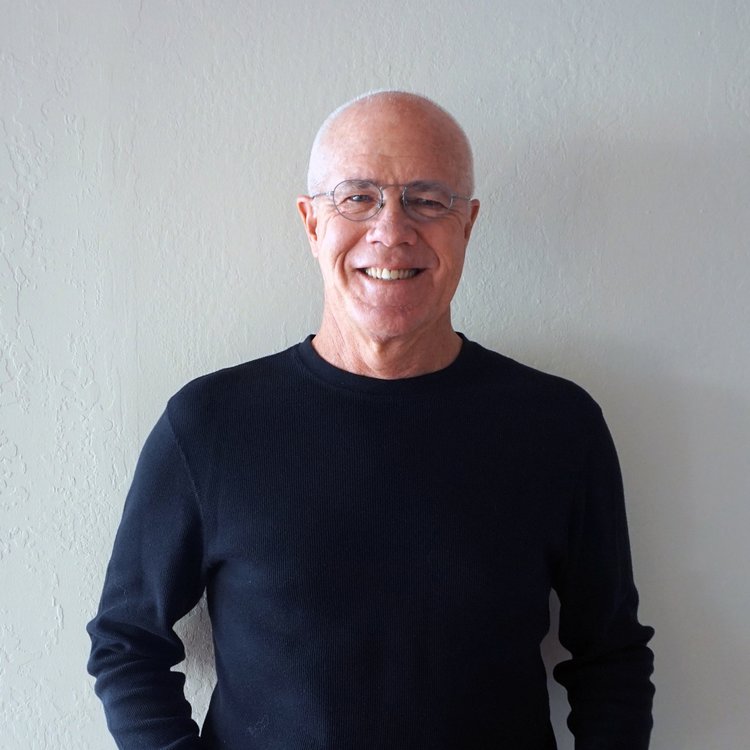First Hit: It was wonderful to learn more about John DeLorean, his life, and what happened to this risky innovator.
First off, this film is a combination of straight documentary film and reenactments. There is plenty of original documentary footage, including FBI footage of a sting operation, and interviews of John Z. DeLorean and his family. There are also current interviews with players in John’s life, including his two children. However, the wrinkle is that this movie also consists of reenactments of specific scenes in John’s life. Alec Baldwin plays John in these reenactments.
Being a car enthusiast, starting in the late 1960s, I was very aware of DeLorean’s impact at General Motors. His first impact statement with GM was the Pontiac GTO, the first bonafide muscle car. This was a “gotta have car” in the 60s. In this film, we learn how he figured out how to get the car made and out to the public under the strict design, build, and delivery structure at General Motors.
Because he bucked the traditions to get things done at General Motors, he was observed by senior managers. John’s everything-he-touches-turns-to gold successes at increasing sales at GM led him to become the youngest Division Head at General Motors at age 40. Although he pushed the buttons of the staunch old guard at GM, his bold work had him being touted as the next CEO and President.
However, tired of run-ins with the old guard, and having a lack of design flexibility, DeLorean left GM in 1973 to start his own motor car company, the DeLorean Motor Company (DMC). To find financing he touted his prowess at GM. He got private funding of about $17M and also got a lot more money from the British Government because he was going to build his manufacturing plant in Ireland. This was a real win for the Irish people.
The interviews of the factory workers were wonderfully touching. They loved working there because they were building something together, and the riff between the Protestant and Catholics fell away on the factory floor. This was great for both the people and the governments of Ireland and England.
However, technical issues and quality control issues caused problems with the automobiles, and they didn’t sell. Additionally, the economy took a downturn just as John introduced these cars but what really sank this ship was Margaret Thatcher deciding she didn’t want to continue under the support agreement DeLorean and England had created.
Needing money to keep his dream alive, fix the manufacturing problems, and sell the cars, he got caught up in a drug deal that was going to get him some $24M. However, it was a sting operation by the FBI.
The film goes into more detail about the trial and how it affected his family that what was reported in the papers. Current interviews with his son Zach and daughter Kathryn share how hard it was on the family.
Then it was discovered by a forensic accountant that the original $17M that DeLorean collected had been laundered with the help of an Italian group who took half the $17M, while John took the other half. I didn’t know beforehand about this issue, and it really added to the sneaky way John worked.
Some of the scenes during which Baldwin plays DeLorean, are modeled after the tapes and film of John, like being busted for the cocaine deal, and it’s effective.
DeLorean did not really spend much time behind bars, but he ended up broke and still trying to finish the dream with the DMC2 model. He died in his apartment, alone.
However, it was the film “Back to the Future” that may cement the DeLorean Motor Car as iconic.
Baldwin was very good as John, and I sensed he came close to sharing what DeLorean was like. Dan Greeney and Alexandra Orton did a great job of scripting this hybrid film. Don Argott and Sheena M. Joyce did a fantastic job of directing this complex story of a complicated driven dreamer.
Overall: I really enjoyed learning more about this visionary.
